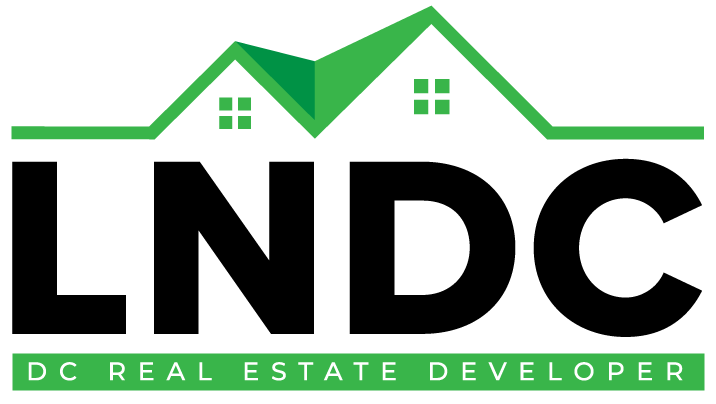Top 5 Best Neighborhoods in Washington DC for Your Next Home
Finding the perfect place to live in Washington DC can feel a little overwhelming because every corner has its own charm and energy. The city mixes historic architecture, modern living, great food, and lively streets, making it a dream destination for many homebuyers. Whether you are searching for a calm residential block or a dynamic neighborhood full of action, the city has something for you. This guide explores the Top 5 Best Washington DC Neighborhoods for Your Next Home, giving you a clear overview that helps you make a confident choice.
If you want to explore professionally curated homes while reading, you can check out LNDC’s available listings or view upcoming properties hitting the market soon on their Coming Soon page.
1. Georgetown
Georgetown remains one of the most iconic neighborhoods because it blends history with high-end living in a very elegant way. You can walk through cobblestone streets, admire gorgeous row houses, and enjoy a lifestyle that feels refined yet inviting. The area offers great shopping spots, peaceful parks, and scenic waterfront views along the Potomac River. It is ideal for anyone who loves beauty, convenience, and a sense of timeless character.
Georgetown also gives easy access to outdoor activities, great dining, and respected schools, making it strong for professionals and families. You can learn more about its historic role in DC life through resources like GeorgetownDC.
2. Capitol Hill
Capitol Hill is one of the most desirable neighborhoods in the city because it creates a warm and community-centered atmosphere. Streets lined with colorful row homes give the area a cozy feel, and the neighborhood features year-round events that bring residents closer. The Eastern Market area adds even more charm with local crafts, fresh produce, and great food stalls that attract people from all over the city.
Capitol Hill also provides quick access to major landmarks, making daily life convenient for professionals working in or near the government sector. It is one of the Top 5 Best Washington DC Neighborhoods for Your Next Home if you want culture, lifestyle, and a friendly local scene in one place.
3. Navy Yard
Navy Yard has grown rapidly over the years and now stands among the most exciting areas for young professionals. The neighborhood sits along the Anacostia River and offers scenic paths, modern apartments, and new restaurants that create a fun atmosphere. Many people enjoy living here because it brings convenience, style, and vibrant nightlife into one compact neighborhood.
The area also includes Nationals Park, giving locals front-row access to exciting baseball games throughout the year. Navy Yard is ideal if you love modern buildings, walkable streets, and waterfront experiences. If you enjoy exploring new local spots, you can also browse guides such as Washington.org’s neighborhood list to discover nearby attractions.
4. Dupont Circle
Dupont Circle stands out as a lively neighborhood full of personality, creativity, and character. People love its cafés, art galleries, bookstores, and international restaurants that make the area diverse and interesting. The neighborhood is great for those who enjoy social living because the streets stay active and welcoming day and night.
Dupont Circle promotes walkability and access to museums, giving residents something new to explore every weekend. If you love a balance between fun activities and easy transit options, you may find this neighborhood perfect for your next home.
5. Logan Circle
Logan Circle feels modern, youthful, and stylish, which makes it one of the Top 5 Best Washington DC Neighborhoods for Your Next Home. The streets offer a mix of historic architecture and new urban development, creating a unique blend that appeals to many homebuyers. Local restaurants, independent shops, and art spaces help the area maintain a creative and energetic rhythm.
The neighborhood also offers easy access to public transit and surrounding districts, which adds convenience to daily life. If you enjoy a vibrant lifestyle combined with beautiful buildings, Logan Circle might be the right match for you.
Start Exploring DC Homes With Ease
Washington DC offers a home style for every lifestyle, whether you want peaceful living or a busy social scene. If you need professional guidance, you can browse clean and organized listings on LNDC’s Homepage for a smooth start. Their team curates homes that match different budgets, styles, and long-term plans, helping you discover the right place with confidence.
If you feel ready to explore properties or ask questions, you can connect directly with the LNDC team.
👉 Talk to LNDC’s real estate experts today
Finding the perfect home in Washington DC becomes easier when you explore trusted listings, experienced insights, and communities that match your goals. Your next home might be only a few clicks away.











